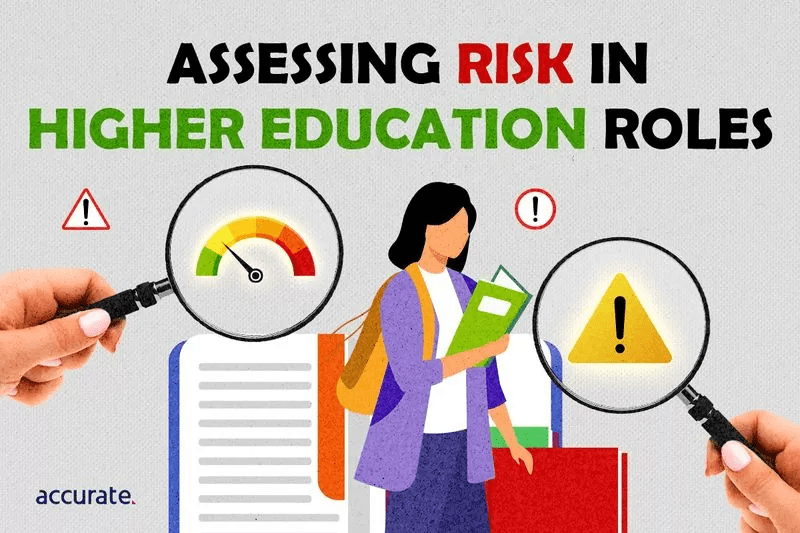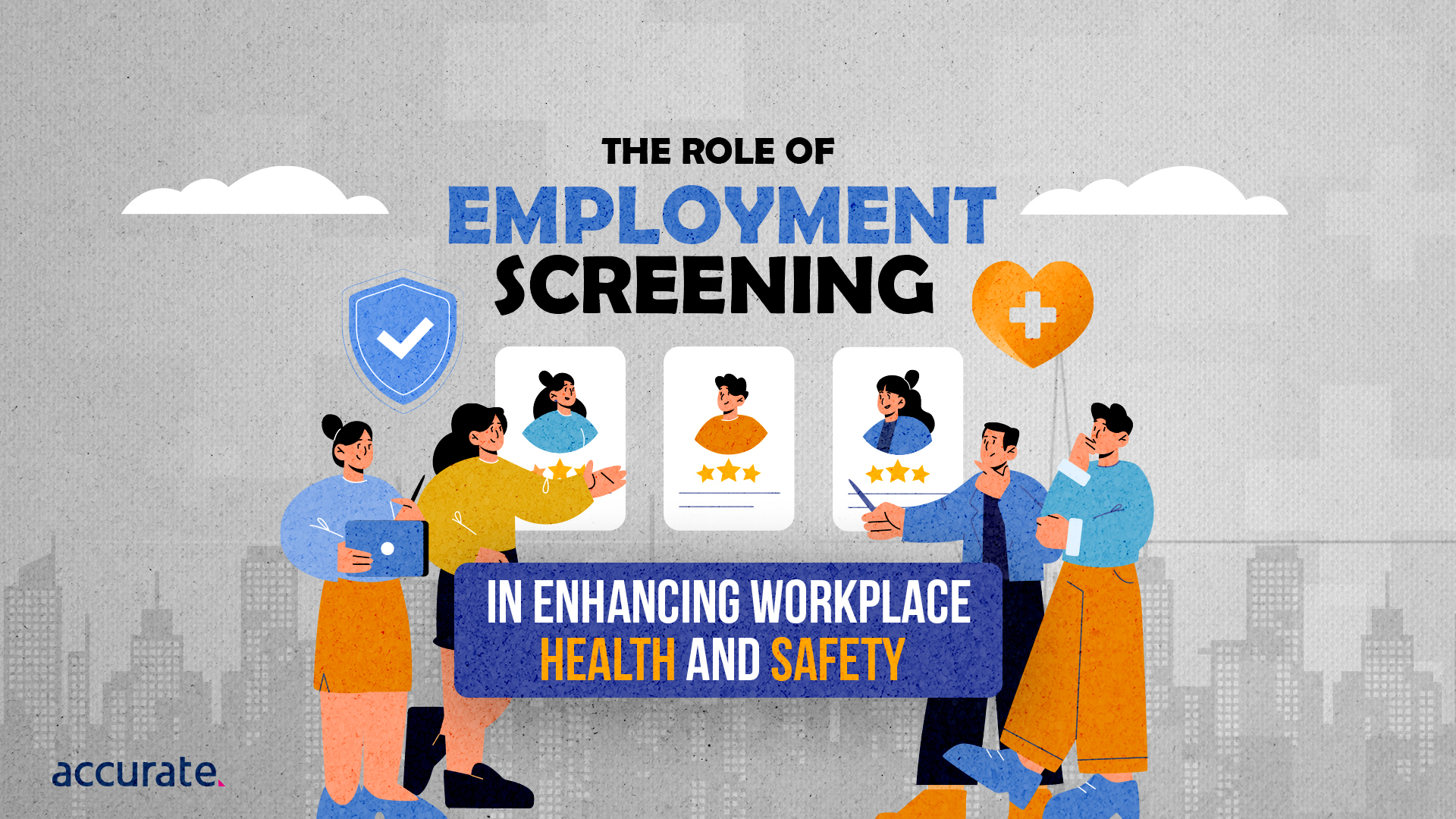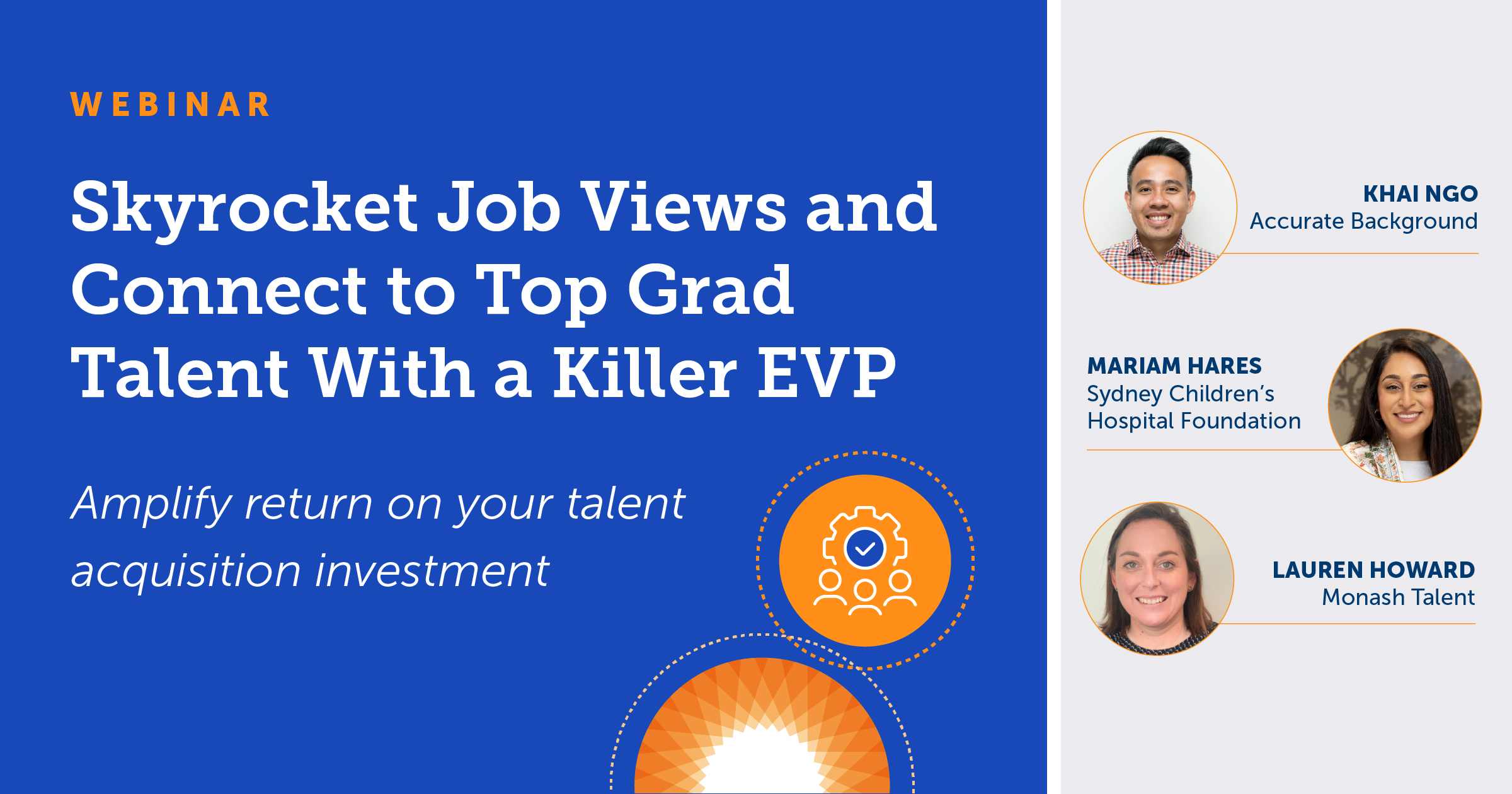As you navigate through your HR, talent management or recruitment role in this sector, you will find that assessing potential employees’ risk profiles is critical to your duties. The need for such assessments stems from the diverse nature of roles in higher education, each with its own unique set of responsibilities and inherent risks.
The purpose of employment screening in higher education goes beyond ensuring that an applicant meets the necessary qualifications. It’s about assessing their risk profile, their potential to uphold the institution’s integrity, and their ability to create a safe and conducive learning environment.
Different roles require different levels of scrutiny, making the process complex and nuanced.
Here’s how you can navigate the process.
Assessing Risk Profiles of Higher Education Roles
In the context of employment screening, a risk profile refers to the potential risks associated with a particular role. These risks could range from the safety and well-being of students to ethical research practices, and even the institution’s reputation.
Understanding these risk profiles is essential to ensuring the right checks are conducted for each role.
Consider, for example, roles that involve interaction with students. These roles, whether they are lecturers, counsellors, or administrators, carry a significant risk due to the potential for inappropriate conduct.
On the other hand, researchers, particularly those dealing with sensitive data or controversial subjects, may pose a different kind of risk. The potential for unethical research practices or data breaches also makes these roles high-risk.
So, you need to establish appropriate screening measures based on these risk profiles. For example, criminal record searches and working with children checks are critical for student-facing roles. For researchers, you may want to validate credentials and academic integrity.
Tailoring checks to risk profiles ensures that risk is minimised by screening the candidate effectively.
Building an Employment Screening Framework
A screening framework provides a structured approach to assessing risk and determining the appropriate checks for each role. As outlined in our screening framework guide, a key component is developing a risk matrix.
A risk matrix is a tool used to assess and prioritise risks by considering multiple factors. It provides a quantitative method for rating these based on the likelihood and impact of an adverse event occurring.
The risk matrix assigns numerical values to factors like student contact, financial access, and data security for each role. The total risk score determines the overall risk rating.
If you download the framework template from the link above, you’ll find an example risk matrix included in the policy document. This matrix allows you to rate roles based on different risk factors like student contact, financial access, and data or information security.
You can then calculate an overall risk rating by assigning numerical values to these risks for each role.
For example, a lecturer role may have a high-risk rating for student contact but a low rating for financial access. Whereas an accountant may have the opposite risk profile. Using the risk matrix, you can determine the appropriate level and type of screening.
As the example policy states:
“Roles are ranked according to their overall risk rating, which then determines the screening requirements. Higher-risk roles require more rigorous checks, such as criminal record and working with children checks. Lower risk roles may only need identity and qualification verification.”
Building a tailored screening framework using a risk matrix allows you to balance risk management with efficient, role-relevant screening. Rather than taking a one-size-fits-all approach, you can target the highest-risk roles and avoid unnecessary screening for low-risk positions.
Types of Employment Checks and Their Relevance
There are several types of employment checks that can be conducted as part of the screening process for higher education roles. Each serves a specific purpose in managing risk:
- Identity Checks – Verifying an applicant’s identity is a basic requirement for employment screening. This confirms who the applicant claims to be and that their personal details are legitimate.
- Criminal History Checks – For roles with student contact, criminal record checks are essential. This screens for any concerning offences that could put students at risk.
- Working with Children Checks (WWCCs) – Similar to criminal checks, WWCCs provide an extra layer of protection for student-facing roles. They check for any barred offences relating to child safety.
- Qualification Checks – Confirming an applicant’s stated qualifications is important for academic integrity. This verifies credentials like degrees and certifications.
- Employment Verification – Validating an applicant’s work history can reveal issues like resume fraud, employment gaps, and poor performance.
- Reference Checks – Speaking with references assesses an applicant’s strengths and weaknesses from a subjective perspective.
- Psychometric Testing – Psychometric assessments can evaluate personality traits and cognitive abilities for some high-risk roles.
The types of checks required for each role depend on its risk profile, as determined by the screening framework. For example, lecturers would require an in-depth criminal record, WWCC, qualification, and reference checks due to high student contact. Researchers may need identity, qualification, and psychometric testing instead. Matching checks to risks is key for effective, efficient screening.
Key Takeaways
- Understanding the risk profiles of different higher education roles is critical for effective screening. Student-facing and research roles have very different risks.
- A screening framework with a risk matrix allows you to tailor checks based on role risks. It provides a quantitative method for rating and prioritising risks.
- Criminal record, WWCC, and qualification checks are essential for high-risk student-facing roles like lecturers and counsellors.
- Research roles require checks like identity verification and academic integrity validation to mitigate data security and ethics risks.
Should you need any assistance with your employment screening process, don’t hesitate to contact Accurate Australia to discuss your needs. With our expertise in this field, we can provide valuable guidance and support, helping you navigate this complex process easily and confidently.



